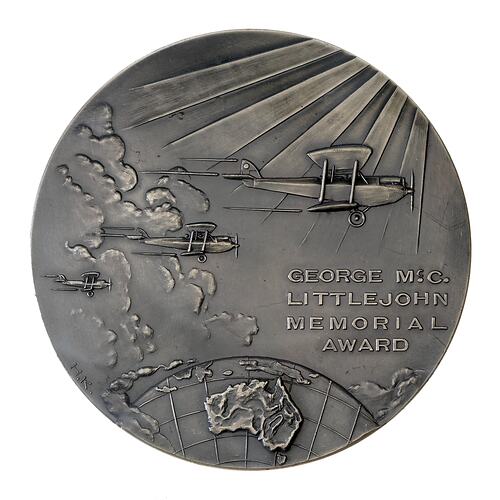On 25 October 1914 a group of young officers of the newly formed Australian Flying Corps met at Point Cook, Victoria. They decided that an Australian Aero club should be formed, to be affiliated with the Royal Aero Club in London. The first President was Major H.A. Petre, who had been sent out from England to inaugurate a flying school for the Australian Government. The first Secretary was Captain T.W. White, later to become The Hon. Sir Thomas White, K.B.E., D.F.C., V.D.
Further development of the Clubs was delayed by World War I. In 1919 individual sections of the Australian Aero Club were formed in Victoria, New South Wales, Queensland and South Australia. The Royal Newcastle Aero Club, was formed in 1928, and is the oldest continuously-operating Aero club in New South Wales and one of the oldest in Australia.
In March 1926 the national aero club movement was formalised under the name of the Australian Aero Club Federal Council. It consisted of representatives of the Victorian and New South Wales Clubs only. South Australia joined in 1927, Queensland and Tasmania in 1928, and Western Australia in 1929, when a new Constitution was adopted and the name changed to the Associated Aero Clubs. In 1948 the name changed to the Aero Club Federation of Australia, and during 1960 the prefix 'Royal' was granted by Her Majesty and the present title adopted.
The primary object of the Clubs was initially to develop interest in flying throughout the Commonwealth. Particular attention was paid to Aerial pageants and air races, and public receptions for pioneer aviators at the end of historic flights. These were accompanied by flying displays and were enormously well attended.
As war began to threaten in the 1930s, the Clubs began to realise their defence potential. They made strong representations to the Federal Government for financial assistance to support pilot training at a reasonable cost for the individual. When war finally broke out in 1939 several of the larger Clubs were turned into elementary flying training schools and provided the instructors, aircraft and ground maintenance facilities to train cadet pilots for the RAAF. This allowed the RAAF to concentrate on intensive instructor training.
Reference:
Royal Victorian Aero Club website http://www.flyingtraining.com.au/rfaca/rfacahistory.htm.
More Information
-
Keywords
-
Localities
-
Authors
-
Article types
